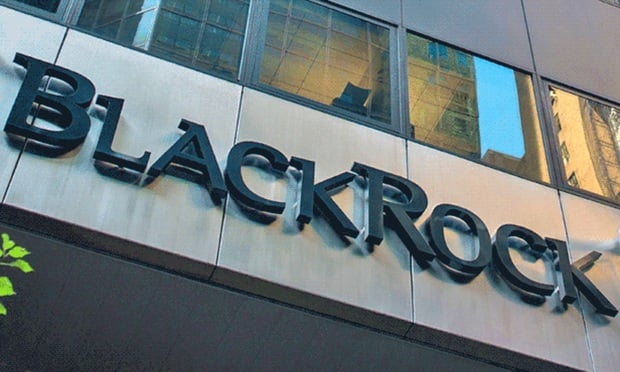Only one in four participants invested in target-date funds are using the investments as they were designed, according to new data from Financial Engines.
The Sunnyvale, California-based company is the nation's largest independent provider of managed accounts, which offer more comprehensive portfolio and savings direction to participants than do TDFs.
According to Financial Engines, TDFs are designed to hold at least 90 percent of a participant's savings.
Recommended For You
Among all retirement investors, 38 percent are invested at least partially in a TDF, which of course is a form of managed product that automatically rebalances participant assets relative to glide paths set to expected retirement dates.
Of those with some cash in TDFs, few are using them as they should, says Financial Engines.
Two-thirds of TDF investors report being partial users—they have less than 90 percent of their workplace savings accounts in a TDF (10 percent of survey respondents were not sure of how their allocation was split).
And one-third of TDF users report allocating less than 25 percent of their assets to TDFs.
What's the problem with under investing in a TDF? Financial Engines data shows partial-TDF users experiences 2.11 percent lower annual returns in their accounts than did participants fully invested in TDFs.
That of course translates into real savings losses over the course of decades.
The firm set out to better understand why so many participants fail to use TDFs as they were intended—a one stop, set-it-and-forget way to get participants a diversified and balanced retirement strategy.
Full-users tended to be younger participants that were defaulted into TDFs—75 percent were defaulted into TDFs.
They also claim to have lower confidence in the safety of TDF allocation than the older participants that are over diversifying portfolios, Financial Engines found.
Most partial users were male, over age 45, and about half defer 10 percent to earnings to retirement plans.
Partial uses of TDFs report using financial advisors more than all other cohorts (all retirement investors, those full users of TDFs and non-users).
They also said the primary reason for not fully investing in TDFs was diversification. And half said TDFs "generic" risk level was unsuitable for them.
And almost half cited concern that some TDFs are built strictly from proprietary investments.
"Prior to this research, it was easy to assume that participants didn't fully understand how target-date funds worked," said Christopher Jones, Financial Engines' chief investment officer.
"This research suggests the drivers behind participant investing behavior are more complex than a simple lack of investing education. Older participants with higher balances require other forms of retirement help that more fully address what they are trying to achieve," added Jones in a statement.
What other forms? Financial Engines thinks sponsors should consider defaulting older participants into managed accounts. According to Aon Hewitt research, 55 percent of plans offered a managed account option in 2015.
© Touchpoint Markets, All Rights Reserved. Request academic re-use from www.copyright.com. All other uses, submit a request to [email protected]. For more inforrmation visit Asset & Logo Licensing.







